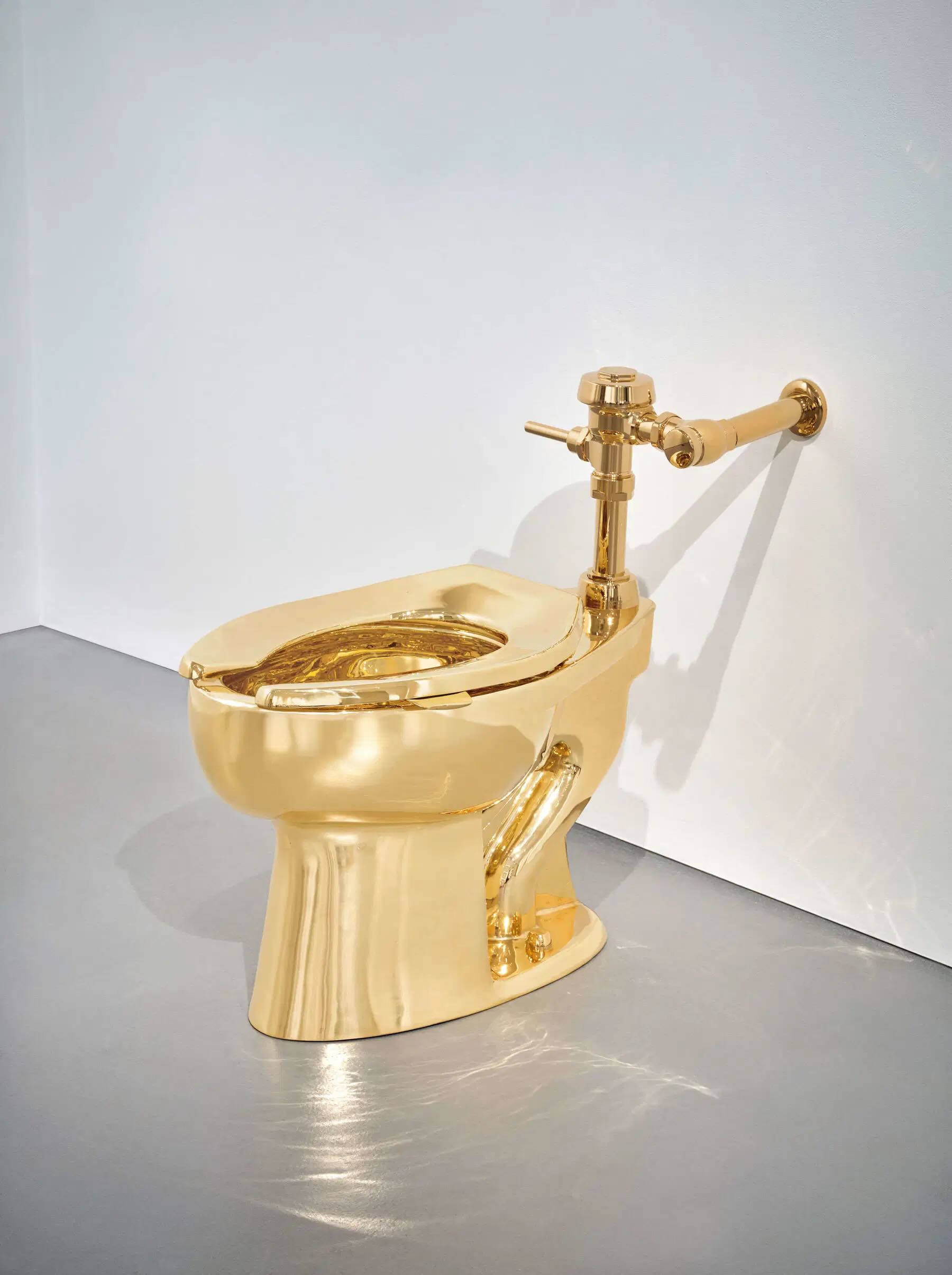Well before 1789 French people were already suffering from the effects of famine, misery, and abuse perpetrated by the wealthy class. Discontent was rampant and the situation was destined to become explosive and in fact on July 14, 1789 in Paris an angry mob swarmed through the streets, stormed the Bastille fortress in search of gunpowder and conquered it. Driven by poverty, hunger, and a desire to oppose the ancient order that wanted them subjugated and without rights, citizens insurrected against a regime that had shaped France and the great states of Europe for centuries, in order to flip the exaltation of monarchical power, which went side by side, of course, with ecclesiastical power.
"Liberté, Égalité, Fraternité": these were the ideals of the French rioters based on democratic and egalitarian concepts, somenthing that was completely absent from the mentality of the rulers that considered king as the only personality capable of dictating the law. The importance given to the king and his figure was maintained for another 150 years or so, and was such that today by the name of the monarch we indicate not only the period of regency, but also the style dictated by the king's personal taste and their economic availability. The zenith was reached at the height of the Baroque with Louis XIV (1661-1700), the Sun King of limitless pageantry, who also went down in history for having the Palace of Versailles built as a testament to his penchant for ostentation.
Once the very long reign of Louis XIV was over(72 years after his coronation), a season of relative sobriety took the place of the previous pomp. It was named the Régence style, and spread between 1700 and 1730, that is, during the regency of Duke Philip II of Bourbon-Orléans, nephew of Louis XIV, regent of the then minor Louis XV. During this period, France was trying to lift its fortunes and break away from the unbridled luxury of the Baroque period: it was a kind of transitional period between the suffocating opulence of the Baroque and the opulent delicacy of the Rococo. A few golden touches, a dark carved piece of furniture, and it's immediately Baroque effect! It can be impressive, but to tone it down, aim for light colors that lighten and create coherence in the room.
Oriental influence also began to spread in the 1700s: contacts with Japan intensified and would develop futher throughout the 1800s and 1900s, but already by the 1700s the world was undergoing the fascination of the Oriental style, characterized by rich inlays and two-dimensional decorations. Strong influence also began to be exerted by the neoclassical style, which spread thanks to the archaeological discoveries at Pompeii and Herculaneum starting in 1748 and was destined to develop more in the following decades. For an eighteenth-century touch you can start with these themes as well: dark lacquered surfaces immediately hark back to Japanese furniture, just as marble immediately brings to mind Greek and Roman classicism.
When Louis XV (1730-1760) came to power, the Rococo style fully developed in the arts, including the production of furniture: it is characterized by curved and elusive forms, lightness, comfort and asymmetry. This style replaced the more formal, square and massive furniture of the Baroque. There is extensive use of marquetry, with exotic woods of different colors, ivory and mother-of-pearl. Fabrics are also distinctive: floral and delicate prints but with dense, crowded weaves, tending to be brocade or velvet. A modern counterpart to Rococo can be considered the Hollywood Regency style, or some aspects of Deco: shiny, curved gilded surfaces, bright colors, floral prints, and an overall atmosphere of delicate luxury.
With Louis XVI (1760-1789) we fully enter the Neoclassical period: there is a return to straight lines, flat surfaces, and right angles. Moldings become more subtle and elegant, Classical motifs such as vases and urns, arrows, acanthus, laurel, and cornucopias are typical. Architectural motifs, such as fluting and columns, as well as human faces, are also prevalent. Woods are dark, such as walnut and mahogany, to create contrast with the classically inspired white marbles.
As always, don't be fooled by the overly antique, glitzy or bulky look of a piece of furniture from the 18th century: don't set yourself limits, the secret is all in the balances and in creating a timeless space in your home. A suspended space that combines antique and modern, in which you can find your own personality and, why not, also that of antique and modern furniture, precious witnesses of the past that accompany us in our present and future lives.






.png)





